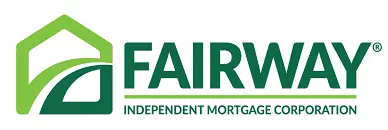 Written by Rene Bermudez | Edited by Crissinda Ponder | Updated March 28, 2025
Written by Rene Bermudez | Edited by Crissinda Ponder | Updated March 28, 2025Mortgage rate news: Are refinance rates going to drop?
The current mortgage interest rates forecast is for rates to remain elevated compared to where they sat before the pandemic. Market experts expects home sales to remain slow into 2025.
Here are the U.S. weekly average rates from the Freddie Mac Primary Mortgage Market Survey, as of March 27, 2025:
- 30-year fixed-rate mortgage: 6.65%
- 15-year fixed-rate mortgage: 5.89%
30-year rates went down by 0.02 percentage points this week, and 15-year rates rose by 0.06 percentage points. As of this week, rates are still near the lowest they’ve been this calendar year and have been under 7% for a healthy ten-week stretch.
The Federal Reserve held its second meeting of the year last week, opting to hold rates steady. Fed regulators emphasized caution, setting expectations for fewer cuts this year than there were last year. It’s likely we’ll see no more than two cuts, according to the most recent Summary of Economic Projections (also known as the Fed’s “dot plot”).
Refinance rates trends this month
So far, concerns about inflation and rising 10-year treasury yields are keeping rates above 6.5%. In addition, the Federal Reserve’s recent rate cuts haven’t done much to lower mortgage rates and the agency has indicated that it expects to make fewer cuts in 2025 than it did this year.
Expert insights on refinance rates this month

Jacob Channel
Senior economist
|
“Mortgage refinance rates are likely to climb higher as 10-year treasury yields rise. As long as bond investors remain especially worried that high inflation will once again rear its ugly head, we should expect mortgage refinance rates to climb.”
|
How are refinance rates determined?
Refinance rates are based on both factors you can control, like your personal finances, and some you can’t, like the market environment.
To get a lower mortgage refinance rate, you need to get your credit score as high as you can, save for a larger down payment amount, and choose the right type of mortgage loan for you.
Also remember to get offers from three to five lenders before moving forward with a loan offer. This will save you thousands of dollars over time.
 Learn more about how to improve your credit score.
Learn more about how to improve your credit score.










